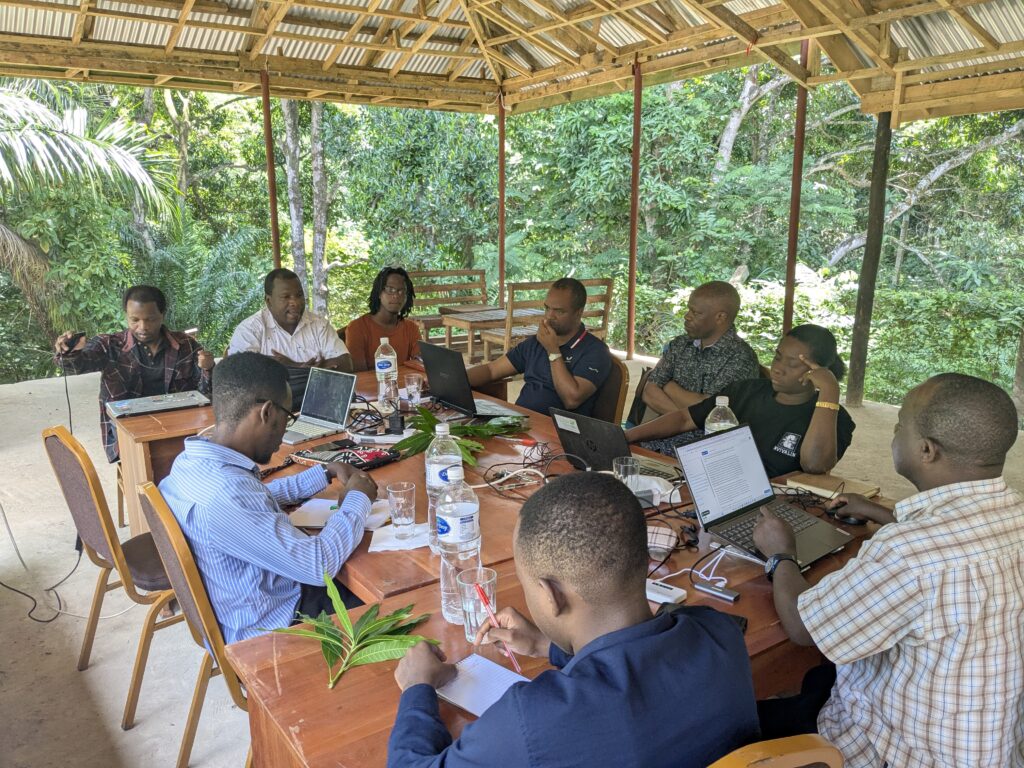AI4CROPHEALTH project developed an innovative application for crop disease detection, prediction, and management
recommendations using emerging technologies such as Artificial Intelligence (AI) and Machine Learning (ML). It focuses on four
core objectives: (1) Develop and implement AI/ML models that detect and classify plant diseases through image processing; (2)
Integrate AI/ML models with weather data to predict disease occurrence; (3) Conduct a pilot study to evaluate the system’s
effectiveness in real-world conditions; and (4) Promote capacity building and advocate for the adoption of AI-based disease
monitoring to ensure sustainability. The central hypothesis is that efficient disease detection, prediction, and timely dissemination
of actionable information to farmers and extension workers can enhance the adoption of Good Agricultural Practices (GAPs),
leading to improved crop yields, which in return contributes to food security.
The proposed innovation has potential for addressing the need of extensive field scouting, minimizing pesticide use and costs,
and improves crop protection through predictive insights driven by weather data. These capabilities enable timely interventions
by farmers and authorities, ultimately contributes to enhancement of food security and resilience.
The project was implemented within 18 months in high-production of Cassava, Rice, Maize and Beans districts across Pwani,
Morogoro, Songwe, and Mbeya. Data sources include Unmanned Aerial Vehicle (UAV) imagery, smartphone and digital camera
images, farm-level weather data obtained from Tanzania Meteorology Agency (TMA), and open datasets like PlantVillage and
Copernicus. To increase the size of the dataset and remove noisy data, image pre-processing techniques were used. Both
supervised and unsupervised models were applied to get insight of the data and models.
The key results are: (1) AI models with an accuracy of >93% and F1-score>90% for detecting plant disease from UAV or digital
images; (2) A weather-integrated disease prediction system; (3) A mobile/web dashboard that detects diseases on images and
recommends curative measures; (4) Training of 180 farmers, extension officers and other collaborators; and (5) Support two
master’s students and publications, presented results at 9 th STICE conference and published various papers in peer reviewed
jurnals.
